Monroeville Mall Rises from Harper's Mine
Before Monroeville Mall opened in 1969, the land was farmland and remnants of Harper's Mine. Highways built in the 1950s and 1960s turned it into a suburban crossroads.
In the mid-1960s, Don-Mark Realty, later Oxford Development Company, secured 280 acres. Plans called for a $30 million enclosed center with anchors at each end.
By 1966, grading machines moved more than 5 million cubic yards of earth to level 110 acres, costing $2.5 million. Parking for 6,500 cars was laid out across the site.
Construction began in 1967. The design called for 1,130,000 square feet of enclosed retail space spread across two levels, supported by steel framing and concrete slabs.
Wide concourses were topped with skylights to provide natural light. Developers added features like fountains, planters, and open courts to create a setting that went beyond basic shopping.
Oxford Development coordinated contractors to finish on time.
Work progressed in multiple stages, from foundation work to structural steel, followed by glass and interior fit-outs. The pace was steady over two years.
The opening date was set for May 13, 1969.
From the start, it was clear that the mall was meant to be a regional draw, with space for 125 shops and room for anchors Gimbels, Joseph Horne Company, and JCPenney.
G.C. Murphy provided a lower-priced option on the ground level.
When the last sections were completed, Monroeville Mall stood as a new commercial hub.
A mined hillside had become a retail complex, ready to change the way people in Allegheny County and nearby communities spent their shopping days.
A Mall with an Ice Rink and Puppets
When Monroeville Mall opened, Gimbels and Joseph Horne Company stood at opposite ends, while JCPenney filled the middle.
On the lower level, G.C. Murphy offered a five-and-dime option for everyday goods.
At the center of the layout sat the Ice Palace, a full skating rink built inside the concourse.
Next to it, a local Italian restaurant installed large windows, allowing diners to watch skaters circle the ice while they ate.
It was one of the first features visitors mentioned in early coverage of the opening.
The developers added decorative details meant to set the space apart. Skylights let daylight flood the courts, and fountains anchored the seating areas.
The Gimbels side displayed a yellow clock tower fitted with 12 mechanical puppets, each linked to an ethnic group in Pittsburgh.
One puppet moved every hour, with the full set performing together at 1 pm and 6 pm. Across the mall, near Horne's, a circular fountain became a natural meeting spot.
The impact of the new center spread quickly. East Hills Shopping Center in Penn Hills, which shared an anchor with Horne's, began to decline.
Miracle Mile, once a major stop, lost its JCPenney to the new mall.
Within months, Monroeville Mall had drawn retail gravity toward its polished courts.
The Romero Mall
In 1978, George A. Romero used Monroeville Mall as the primary set for Dawn of the Dead.
Crews filmed overnight, when stores were closed, transforming the clock tower, fountains, and skating rink into backdrops for scenes that became tied to the film's legacy.
Production stretched over months, leaving behind images that fixed the mall in cinema history.
Film crews returned in the following years. Flashdance in 1983 included the rink in a short audition sequence.
The 1984 movie The Boy Who Loved Trolls featured shots of several storefronts.
Each used the mall's spaces in ways that reflected the retail environment of its era.
Television found uses for the setting as well. Mister Rogers' Neighborhood staged a cake decorating contest at the fountain court.
At the same time, Netflix's Mindhunter later filmed an entrance scene that stood in for an airport terminal.
Writers and musicians drew from it, too.
Stephen King's Christine, published in 1983, situated Monroeville in his fictional geography, and his novella If It Bleeds, published in 2020, placed a confrontation in the food court.
In music, My Chemical Romance released "Early Sunsets over Monroeville" in 2002, a track that tied back to Romero's movie and the mall itself.
Suburban Growth and the 1970s–1980s Boom
As the mall drew steady crowds, its surroundings quickly filled out.
A freestanding Montgomery Ward store rose nearby in the 1970s, followed by a Marriott hotel and a movie theater.
Auto service centers and restaurants lined the outer parcels, creating a wider commercial district anchored by the enclosed mall.
Behind the main complex, an annex appeared. It opened with an A&P supermarket that later cycled through tenants.
Burlington Coat Factory moved in during 1993, Dick's Sporting Goods followed in 1995, and OfficeMax arrived in 1998.
LensCrafters established an eyeglass store in 1987, further broadening the retail mix.
Inside, changes reflected shifting tastes. In February 1984, the Ice Palace closed and was replaced by the Treats Food Court.
By the early 1990s, the yellow clock tower was dismantled, leaving only a stage in its place.
Later, the fountain near Horne's was removed, eventually making way for a play area themed to Mister Rogers' Neighborhood.
Anchor stores cycled as well. After Gimbels shut down in 1986, its location was rebuilt into a three-level Kaufmann's that opened in 1987.
Horne's operated until 1994, when it was converted to Lazarus, and eventually transitioned into Macy's in 2005.
Each move altered the anchor lineup and reshaped the flow of shoppers through the concourses.
Ownership Changes and Early 2000s Renewal
The largest renovation at Monroeville Mall took place in 2003–2004, bringing The District, an 80,000-square-foot lifestyle center at the main entrance, along with major interior upgrades.
Soon after, CBL & Associates Properties purchased the mall, beginning a two-decade period of ownership.
Inside, escalators were replaced, lighting fixtures updated, and railings swapped for stainless steel designs.
Flooring, seating, and restrooms received upgrades meant to modernize the concourses.
The fountain near the elevator was removed to create more food court seating, and the glass elevator was refurbished at the same time.
New projects followed in the next decade. In 2012 and 2013, a 12-screen Cinemark theater was built on the footprint of the old JCPenney, joined by a wing of in-line stores.
H&M opened nearby in 2013, and Dick's Sporting Goods shifted into the mall in 2014, occupying space beneath the relocated JCPenney.
These moves added fresh anchors while keeping traffic steady.
In February 2015, a shooting in the Macy's men's department left three people injured.
Later that year, management instituted a youth escort policy on weekend evenings and launched a multimillion-dollar refresh.
New finishes in blue, gray, and brown tones replaced older color schemes, while seating areas, granite restrooms, and updated food court furniture reshaped the interior once again.
Decline, Sales, and Uncertain Future
By 2008, the mall lost one of its anchors when Boscov's closed during bankruptcy, leaving three floors of space without a tenant.
JCPenney relocated into that same structure in 2012, taking the upper levels, while its original store was demolished to make way for the Cinemark theater and new shops that opened in 2013.
Borders, which had opened in 1993, shut its doors in 2011 during the chain's liquidation.
Burlington Coat Factory, Dick's Sporting Goods, and OfficeMax filled other parcels once tied to A&P, but turnover made the lineup less stable.
Each departure left gaps that needed quick replacements.
Even after renovations in 2015, national retail closures continued to ripple into the concourses. Smaller tenants disappeared, and stretches of corridor began to empty.
Chains that had been fixtures for decades pulled back, leaving the mall to lean on entertainment and anchors to steady foot traffic.
On December 17, 2024, CBL & Associates Properties announced that Monroeville Mall was being listed for sale.
The offering covered 187 acres, including the enclosed mall, a nearby strip center, The District lifestyle wing, and parcels leased to Best Buy and Firestone.
After two decades of CBL ownership, the sale signaled that a new phase for the property was about to begin.
Walmart Steps In
On January 31, 2025, CBL & Associates Properties confirmed that it had sold Monroeville Mall for $34 million.
Within a week, Walmart was identified as the new owner, marking a shift from traditional mall operators to a retailer taking direct control of the property.
Cypress Equities, based in Dallas, was named manager of the site.
Early information pointed to a redevelopment strategy that could combine retail with housing, offices, hospitality, and public gathering space.
The mall itself, with 1.2 million square feet on 186 acres, gave planners a large canvas to work with as studies began.
Fans of George A. Romero's Dawn of the Dead pressed for recognition of the mall's role in the 1978 film.
Living Dead Weekend, a convention built around Romero's work, was scheduled for June 6–8, 2025, with events held inside the mall.
The gathering was promoted as both a celebration and a reminder of what had been filmed there.
In mid-2025, Monroeville Mall is at a transitional stage.
Some corridors hold darkened storefronts and slower traffic, yet the anchors, food court, and cinema continue to attract steady visitors.
The outdoor wing offers more choice, though the overall experience feels inconsistent. The site waits on redevelopment plans to set its direction.

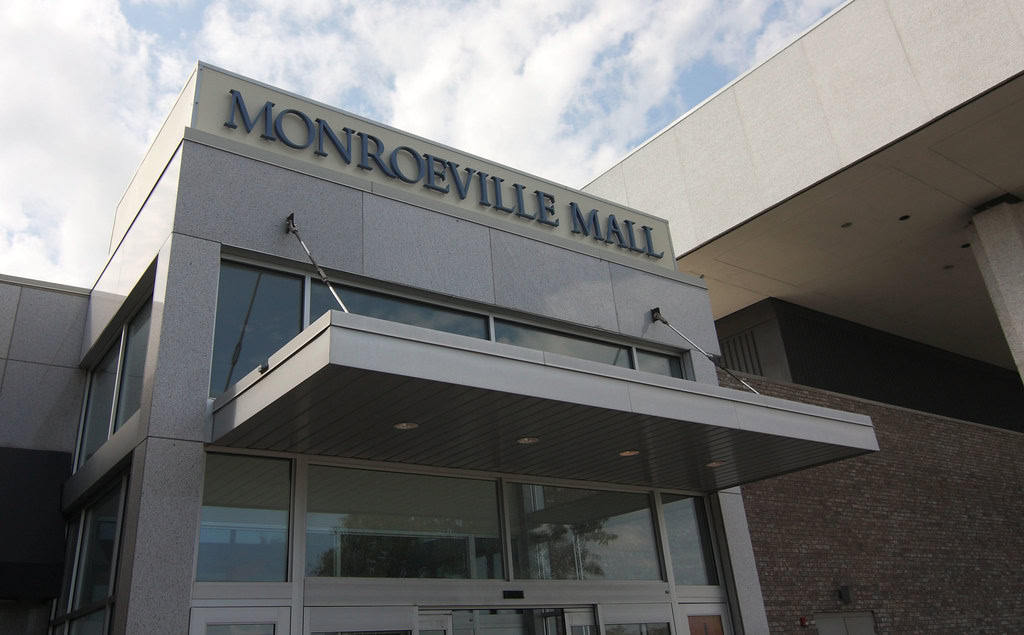
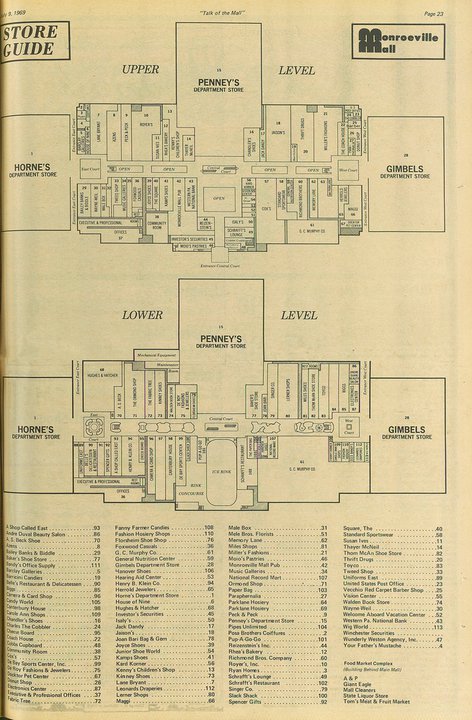
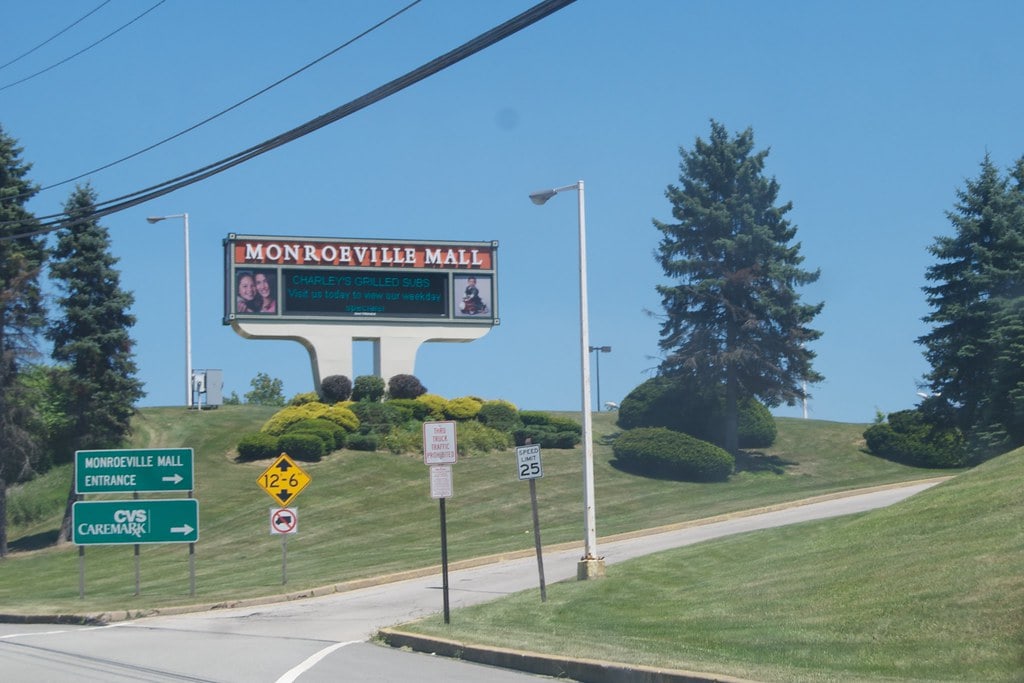
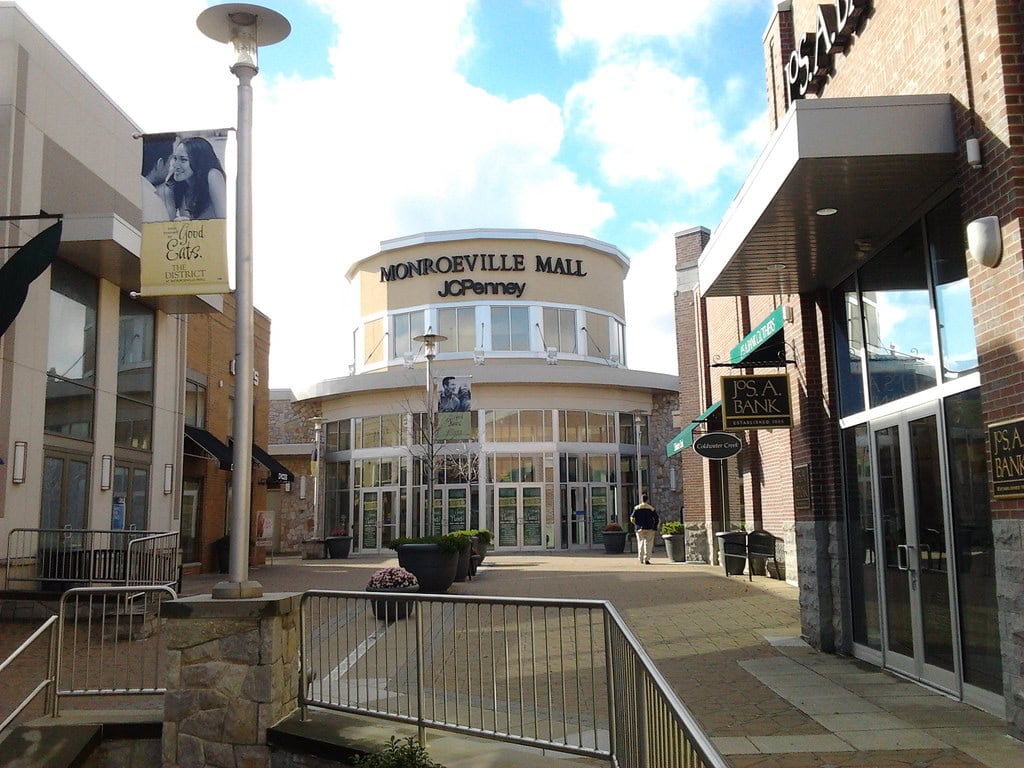
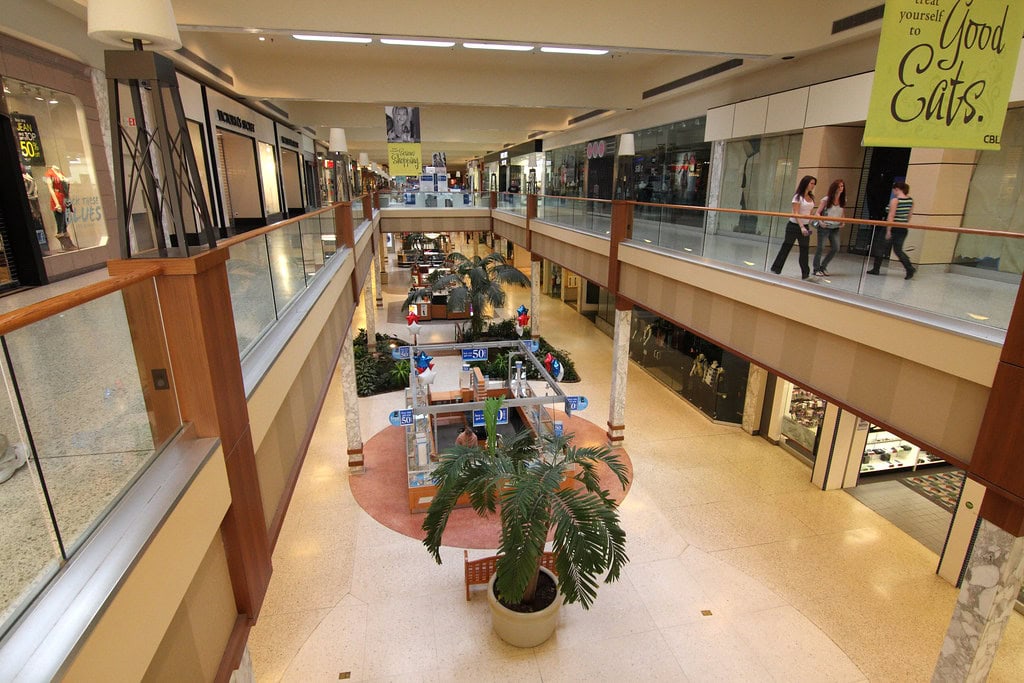
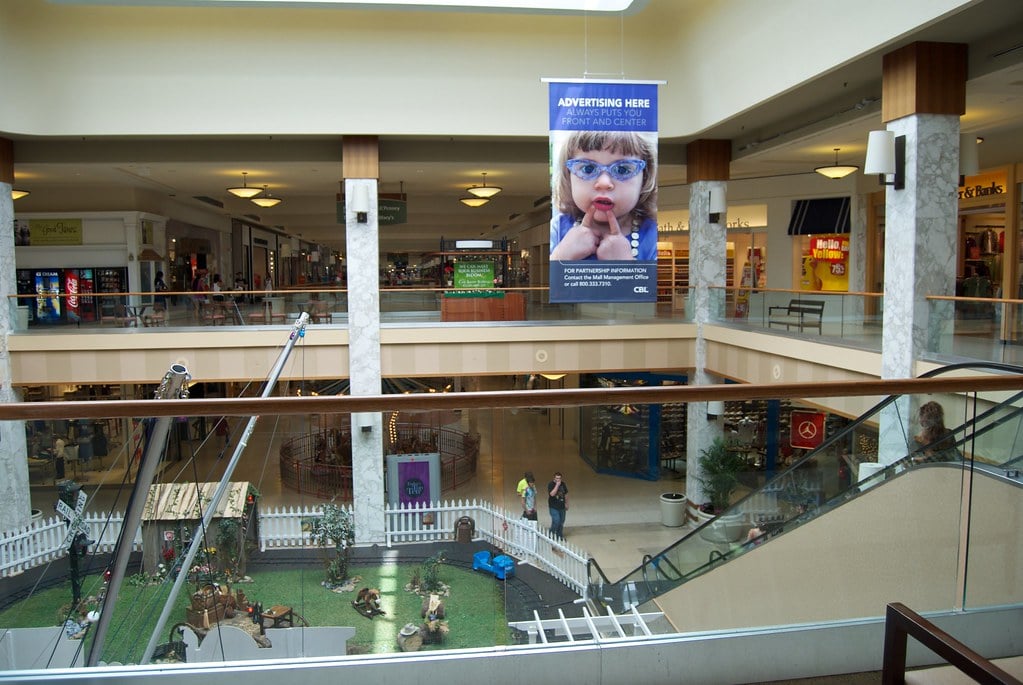
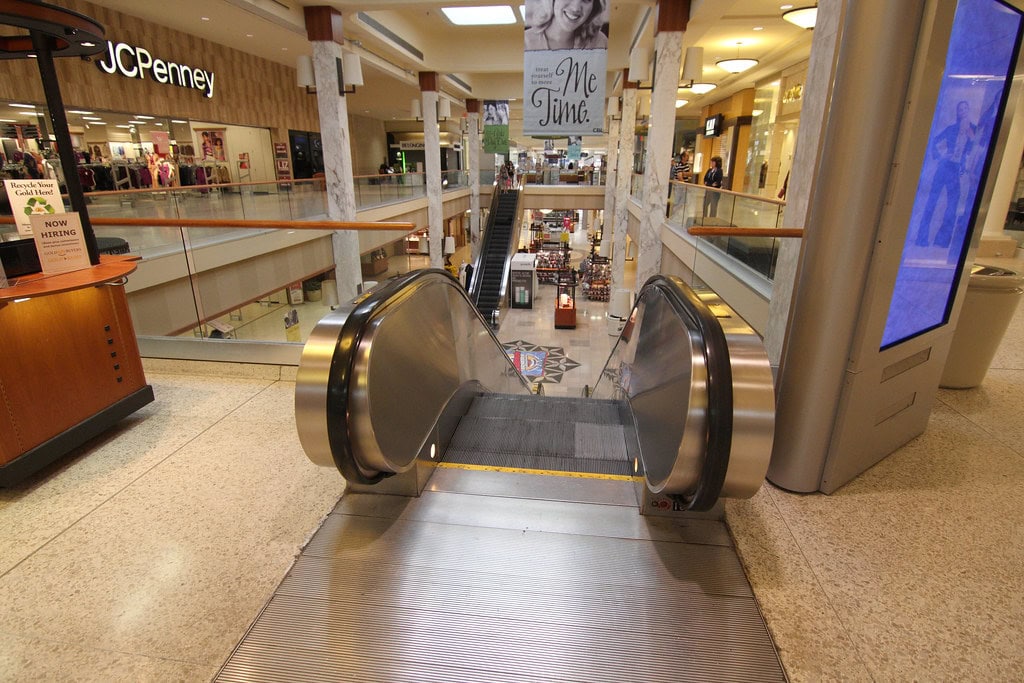
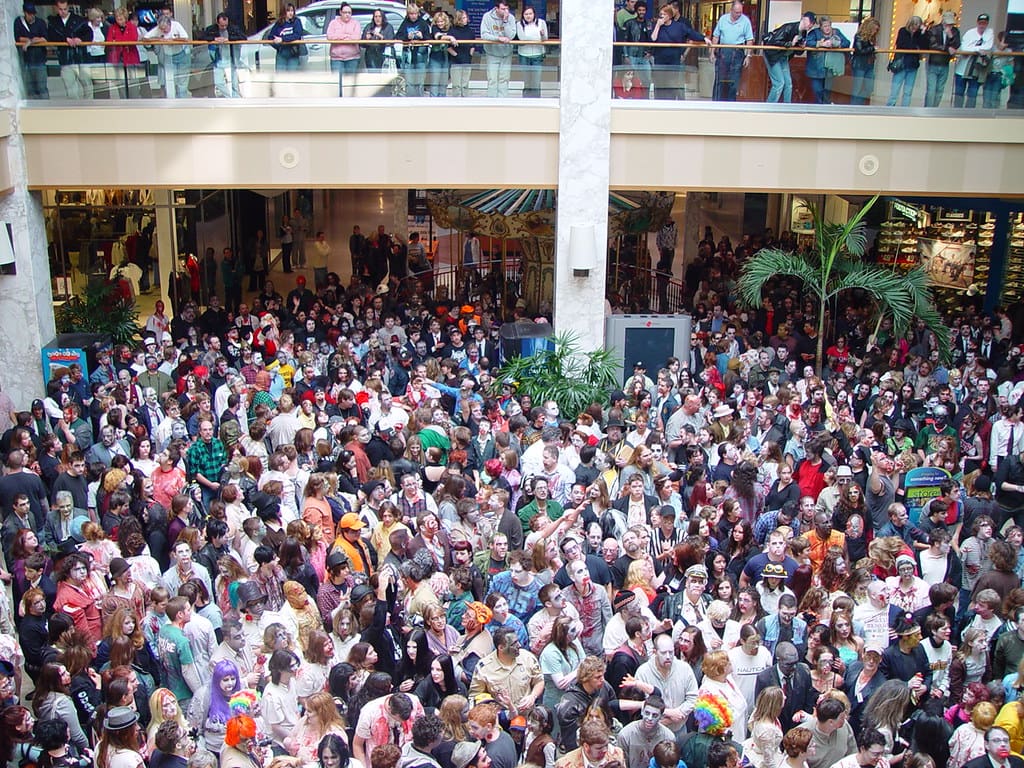
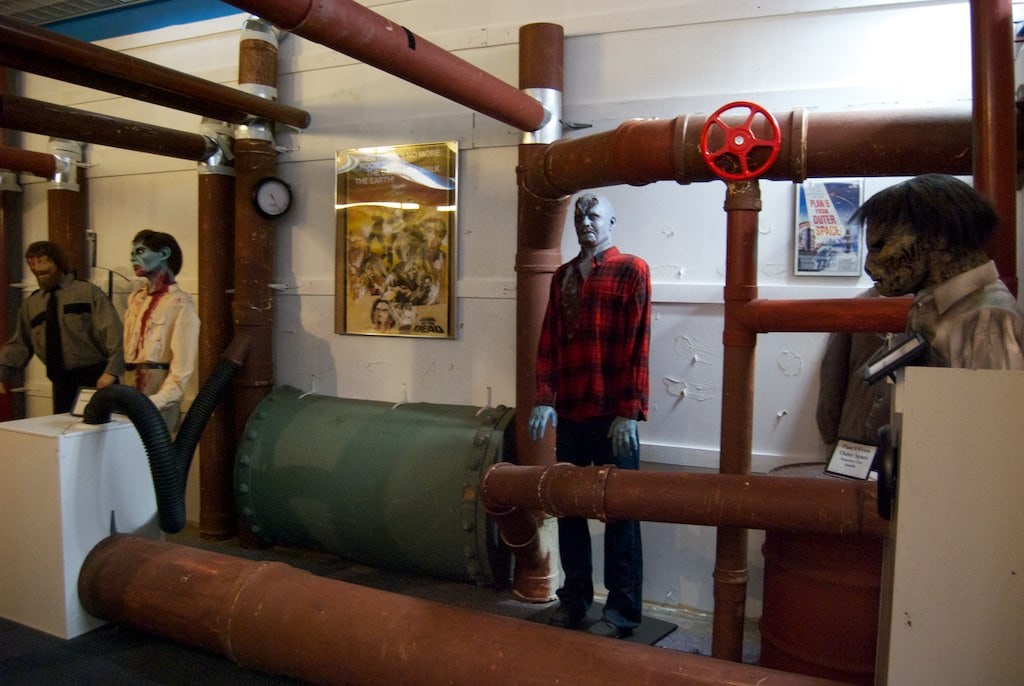
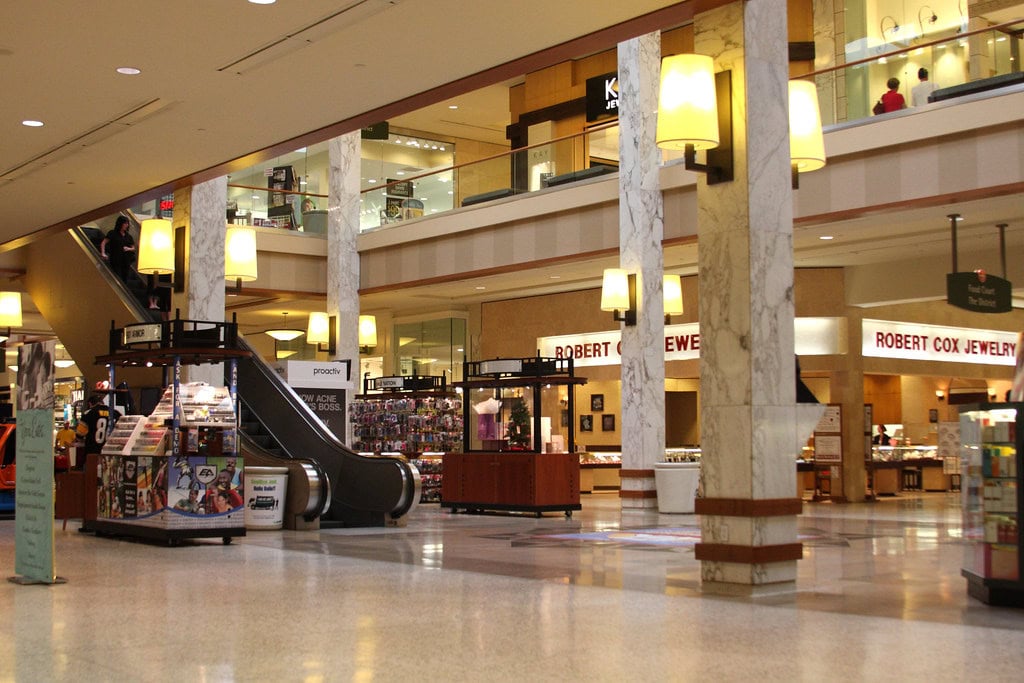
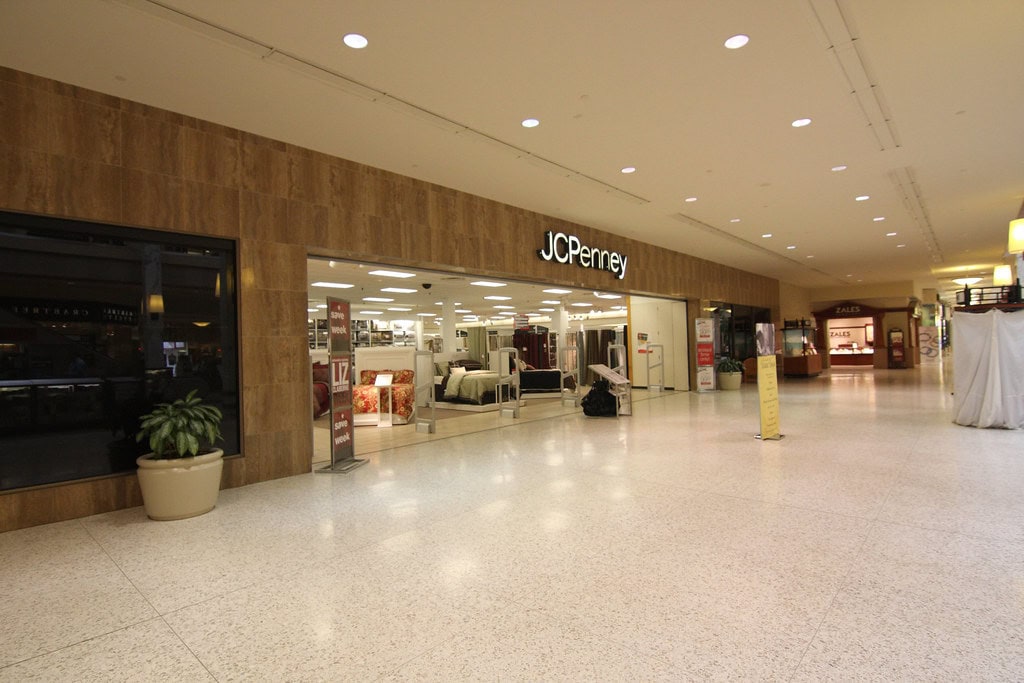
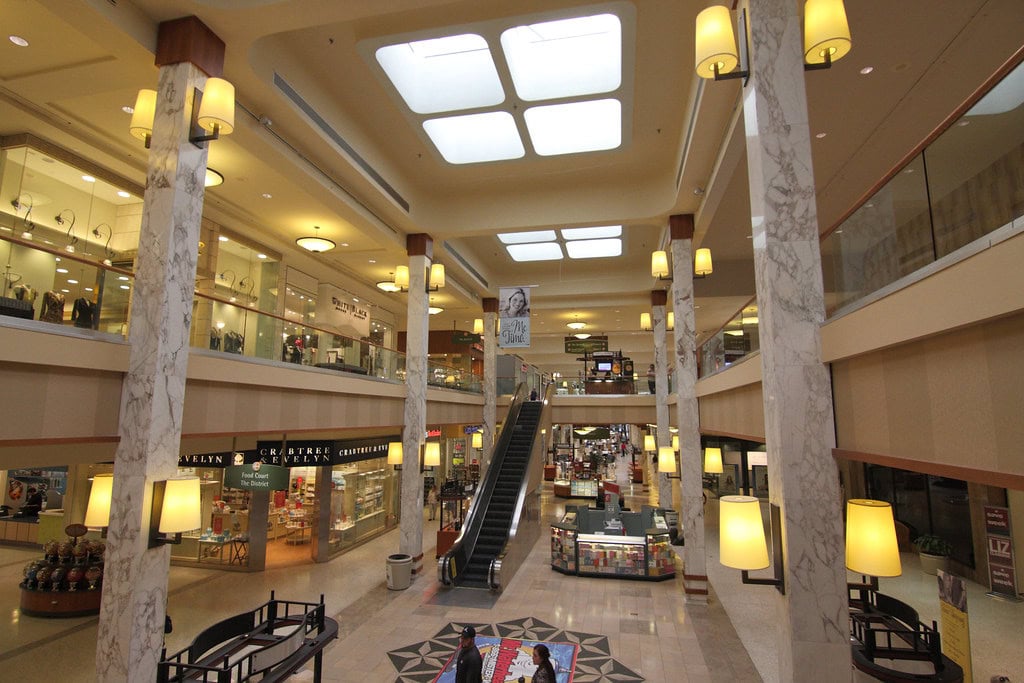
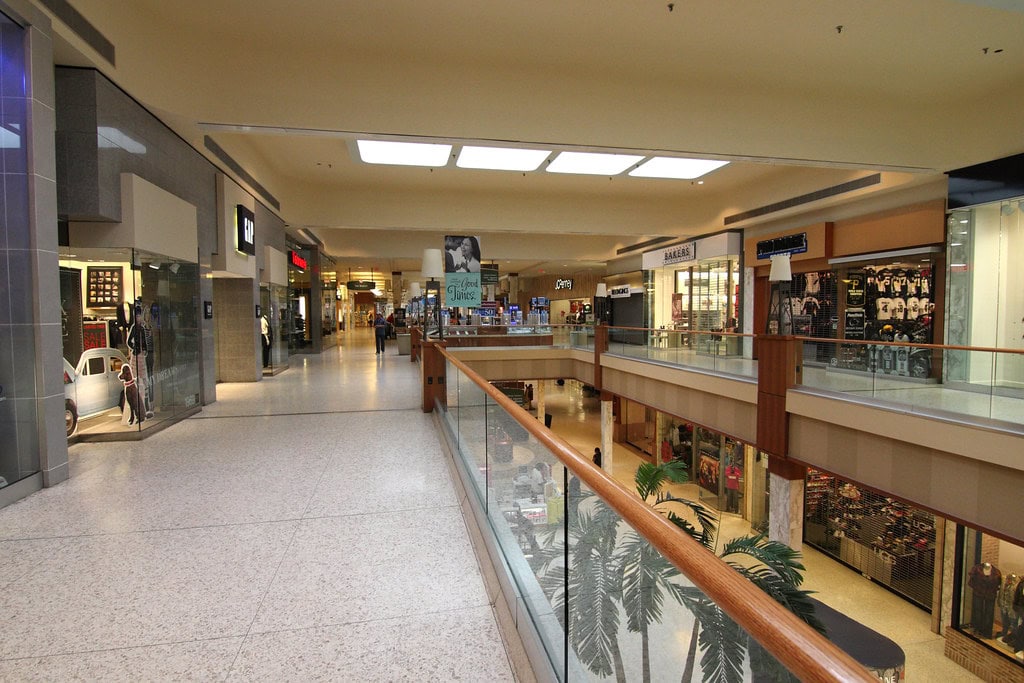
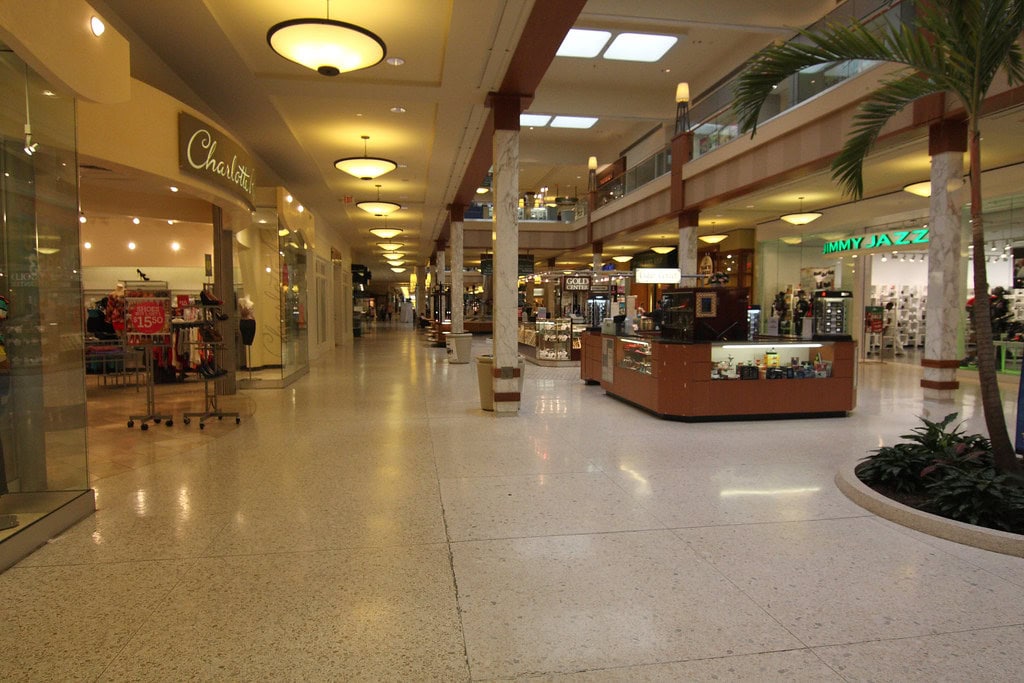
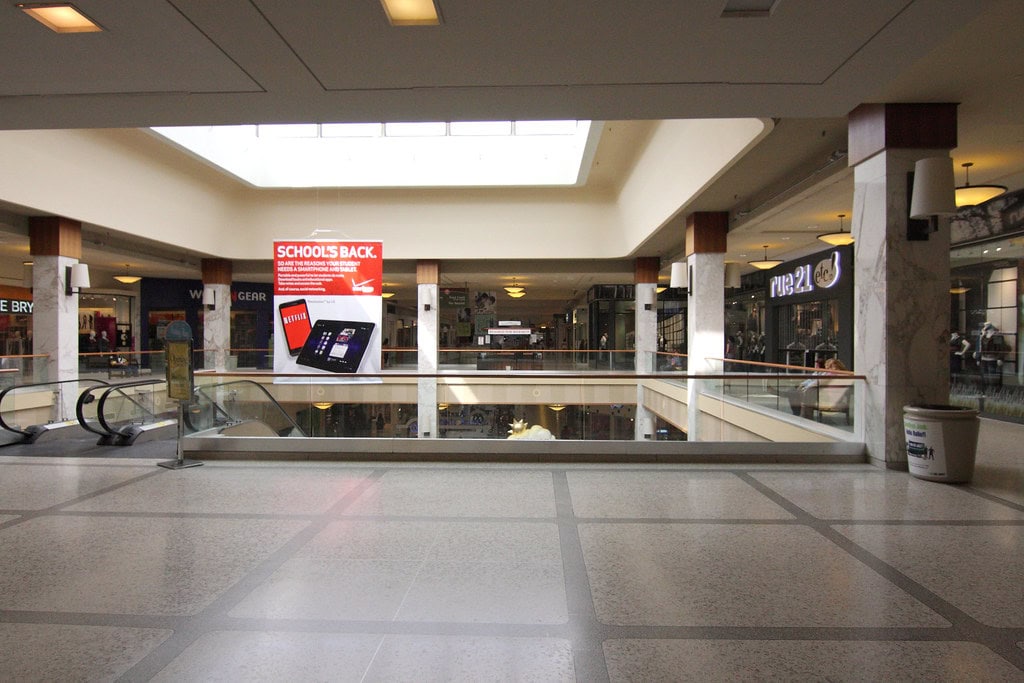

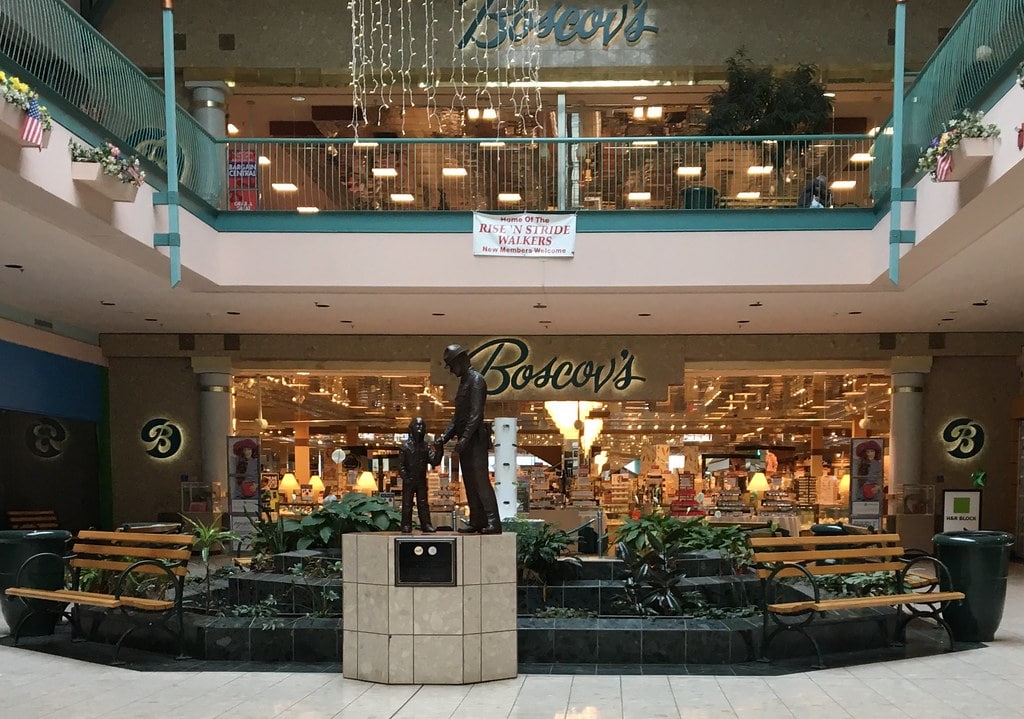
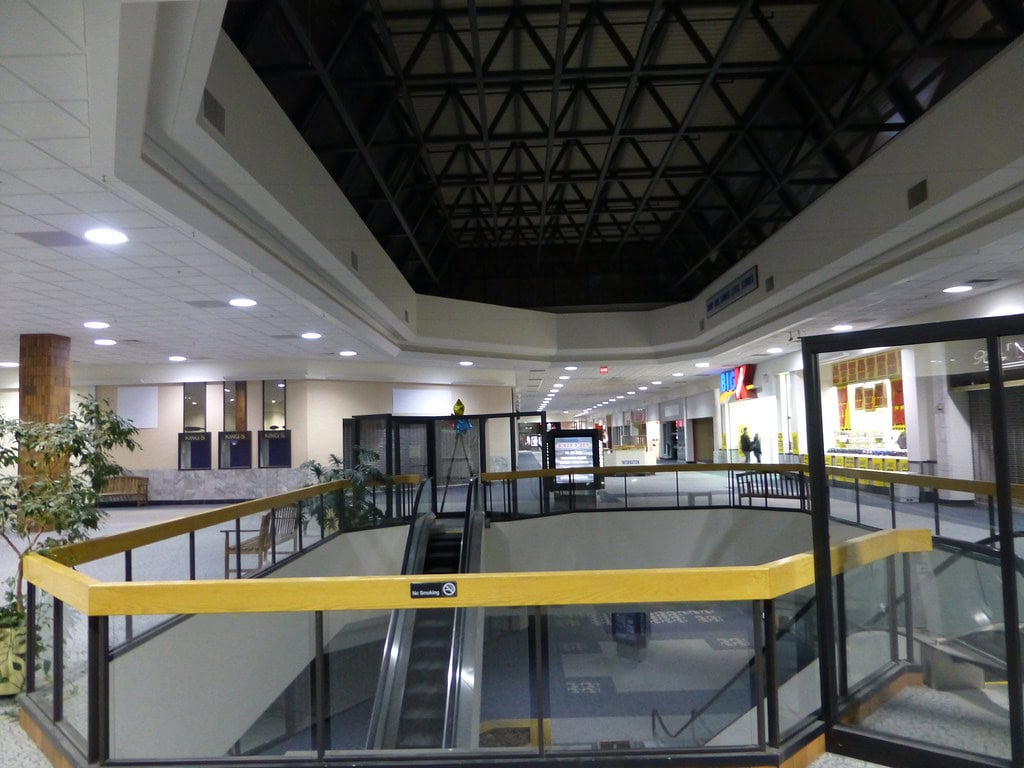
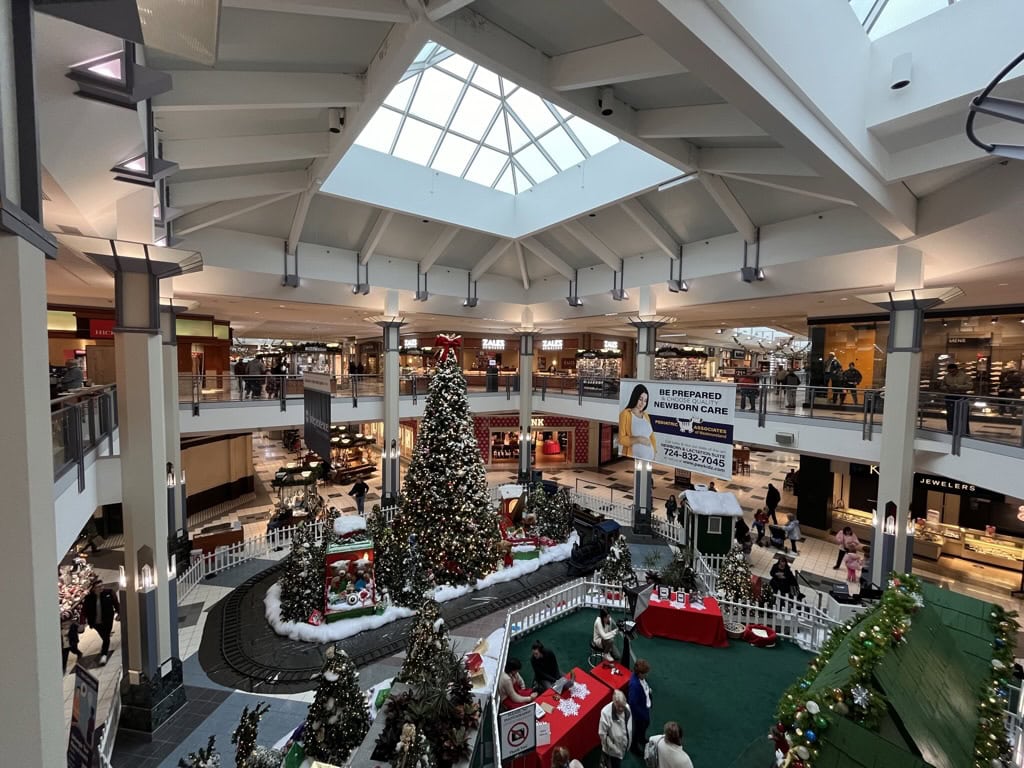
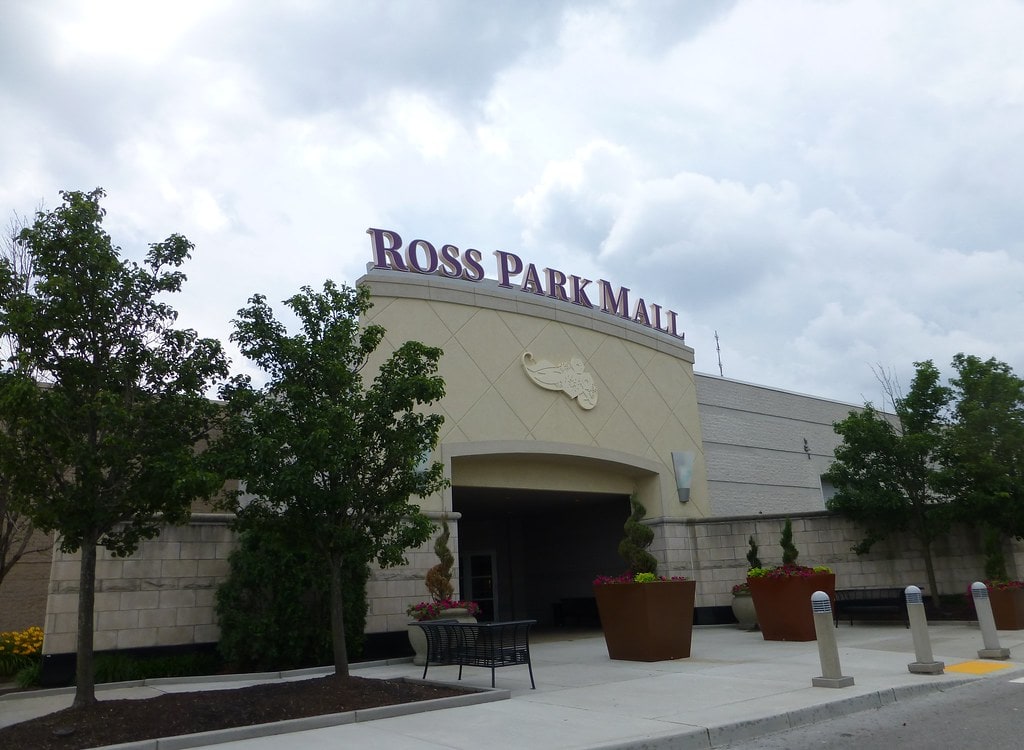
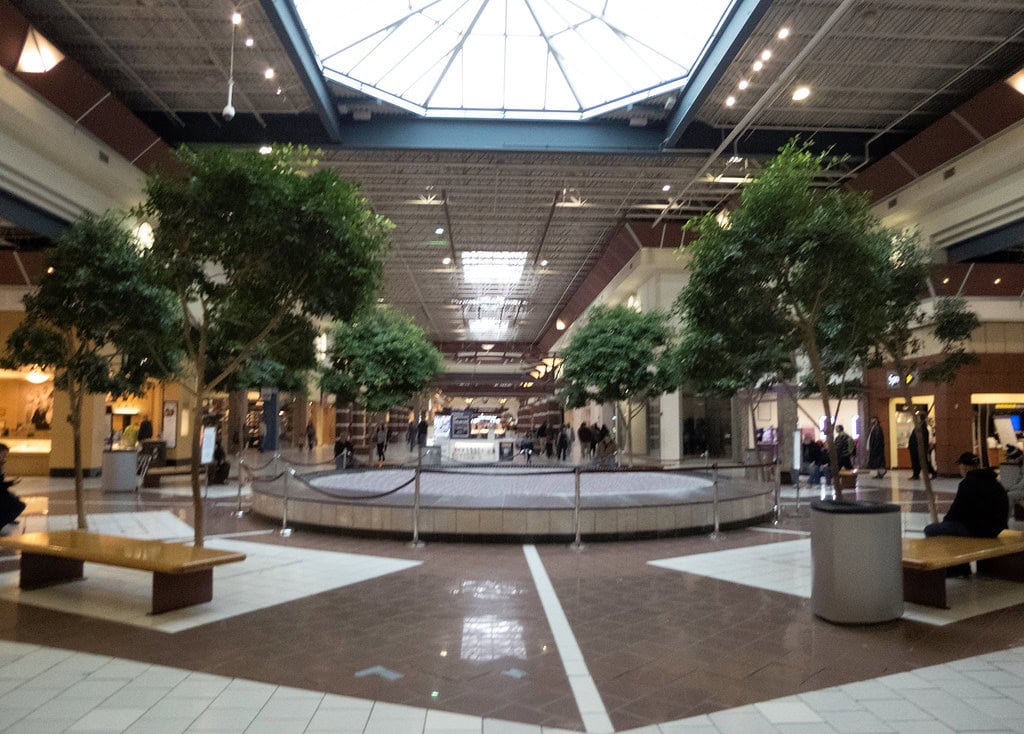
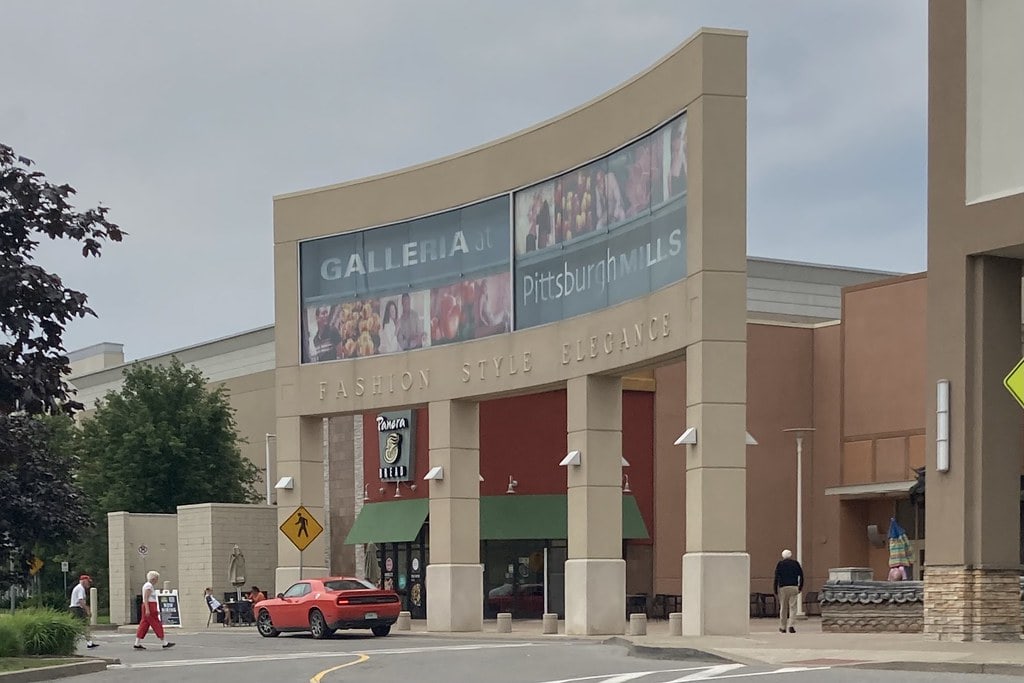
I don't think any one thing took away from the mall. People quite going because it became a place for kids to good off and cause trouble. We quit feeling safe there
Safety is the invisible line - once people stop feeling comfortable, even the best stores can't bring them back.
they need to keep part of the mall intertwined walmart there. first of ita kind. I've been reading about this. i know they want office and living space. monroeville still needs good restaraunts and things to do to bring people in. the mall needs ramped up not to die. the other mall throughout the city are nice they need to bring this back better than ever. if they have ot people will talk and people will want ro come. I know their been incidents, but those can happen any where no matter where you love. Monroeville is a nice area. cannot let a few people ruin for everyone who want to live here and have a nice area and have nice places to shop.
Thank you for laying this out so fully. Your point about restaurants and things to do is key. Entertainment and food have saved other malls when retail couldn't.
I was there recently to see a movie. Thank You for explaining the beginning history till now.
I wondered. What's next!
Thank you for reading through the history. That arc helps make sense of where things might go next.